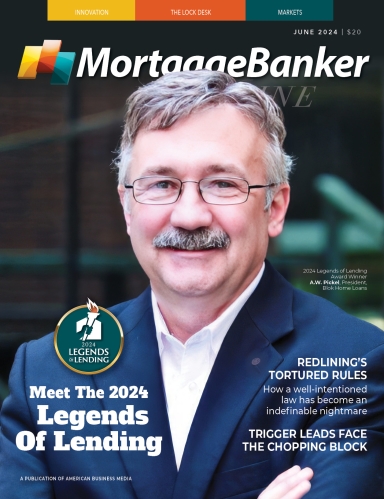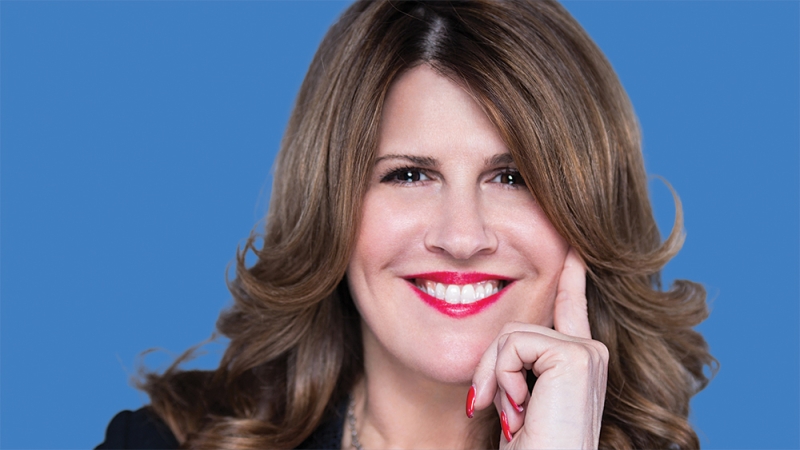Since doing reverse mortgages all day, every day, the first chat she has with potential clients is about setting goals.
“If they tell me they’re going to remodel their house and sell within a year or two, I say, ‘Okay, great. Why don’t you go get a HELOC?’ In that case, a HELOC is a better choice.”
Different companies offer jumbo reverse products that allow borrowers to access up to $10 million. That can subsidize the cost of at-home nursing care for ailing homeowners.
“The reverse mortgage is paying for the care and their retirement portfolio is staying on track and has the opportunity to grow,” Harmes Hika says, giving an example of one such client.
Home equity lines of credit (HELOCs) are not only suited for wealthy borrowers or limited to helping those hard up for cash. Carda has a borrower considering buying a winter home in the Southwest with their equity.
“It’s not always out of a dire need,” she says. “Sometimes it’s just, I have $400,000 in equity that’s just sitting there. Might as well use it and not create additional debt for myself.”
Sometimes it behooves a consumer to look into their future, towards other potential borrowing opportunities. A renovation loan or a HELOC today, a reverse mortgage tomorrow.
A younger boomer still building their bucket list might renovate their home now, accumulate more equity, then draw against that equity with a reverse loan in their sunset years.
“I think it’s just a matter of where we catch the customer in their journey,” Onofrio says.
When he does a renovation loan for an existing homeowner, it’s considered a refinance.
“We’re taking your existing mortgage, paying that off, and then we’re setting you up with a new loan that includes the amount that you currently owe plus the renovation budget that you’re going to be using for the modernization of the home.”
LOs who have the know-how to do any of these loans can carve out a place for themselves in the senior borrower market.
“I think becoming someone that really understands how to utilize these products makes you more valuable as a loan officer, so I think they need to try to embrace it and learn as much as they can,” Onofrio points out. “That will ultimately turn into more opportunities for additional sales and for creating better relationships with their agents.”
Property taxes have risen significantly around the country, and retired folks bear that burden particularly hard.
“They have all this equity, so why not use that to help them stay in their house?” Carda says.
People living on a fixed income don’t need unexpected rises in their monthly bills, which is what can happen when a mortgage amortizes and the payment jumps.
“HELOCs are not inherently bad, but what’s not great is when the wrong financial tool is put into a situation that it’s not a good fit for,” Harmes Hika says. “A 63-year-old is not in a better position to make a larger payment at age 73.”
She gets calls from LOs who did HELOCs or cash-out refinances with borrowers that left the borrower strapped for cash years later.
“A lot of loan officers don’t know about the reverse and how perfect it is for people of retirement age, so they go to the tools they know. Had they, at that point in time, instead done a reverse mortgage, the person would have qualified. They had enough equity. But because they did a HELOC or a cash-out, now there’s not enough equity. So to even put a reverse mortgage in place, they would have to bring cash to the table, cash that they don’t have.”
An LO once asked her if it was ethical to do a reverse if a client qualified for another product. “I was like, ‘it’s not only ethical, but I think it’s your responsibility to disclose they have this option.’”
Considering the ideal loan products for seniors, Carda casts her vote for reverse.
“Without creating additional debt,” she says, “I don’t see anything that would be as beneficial to seniors as the reverse mortgage is.”












